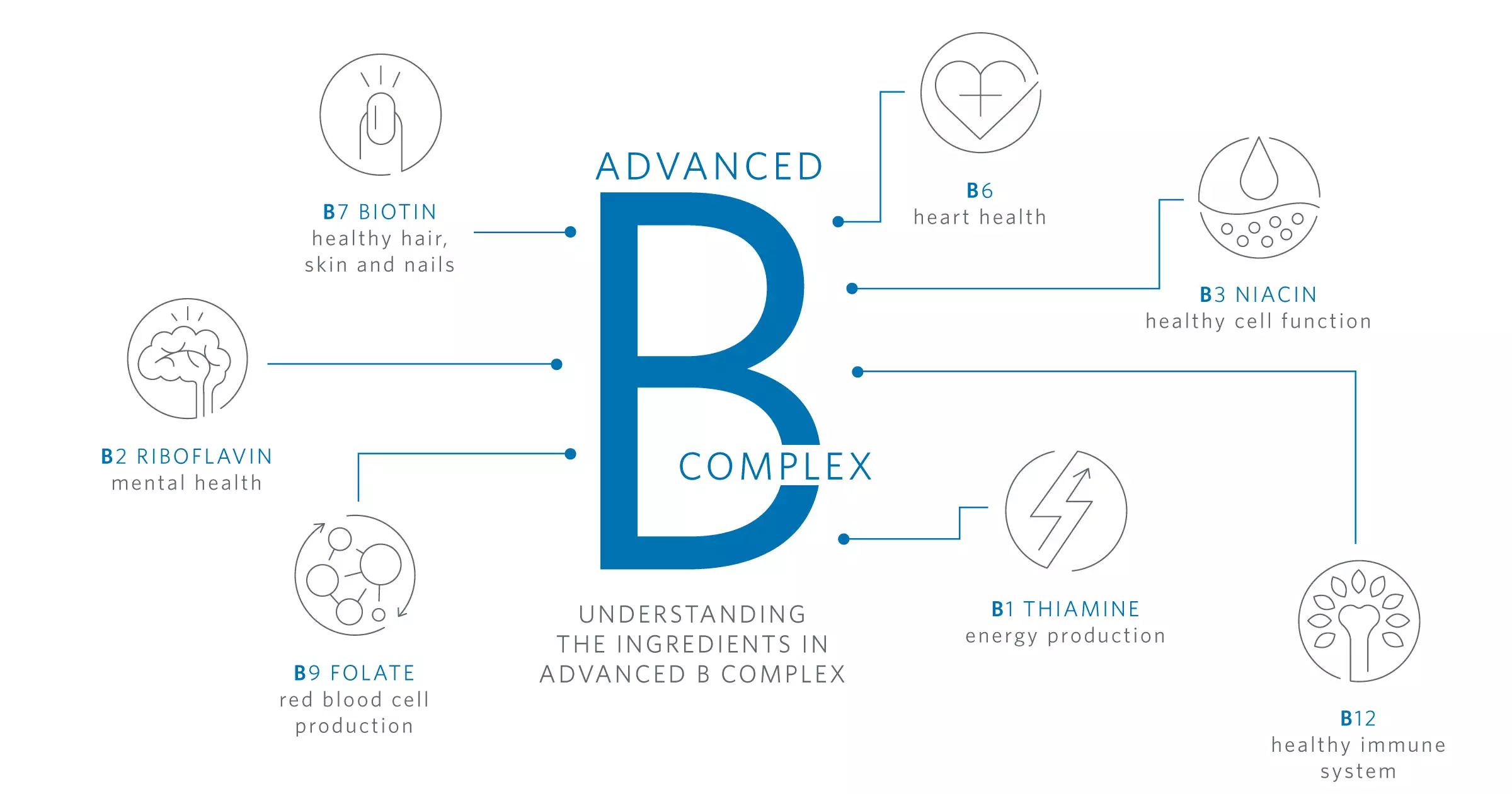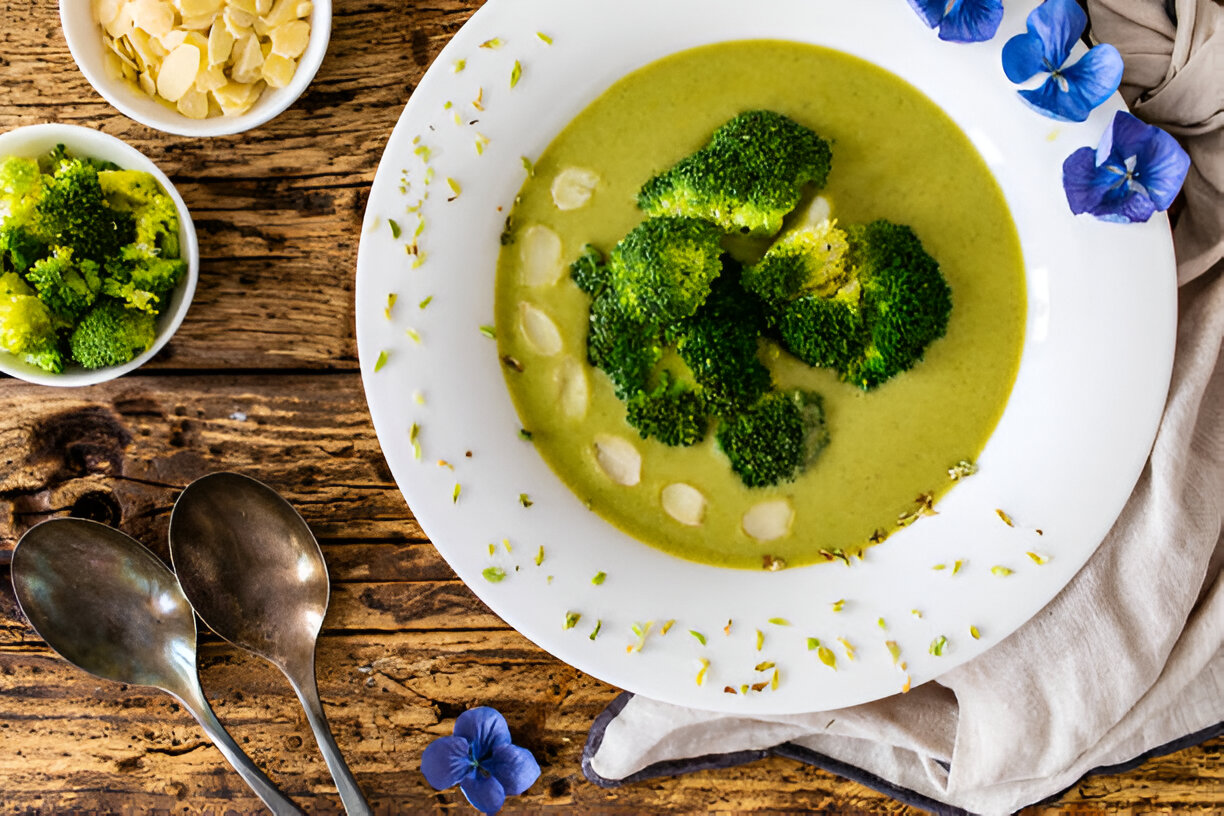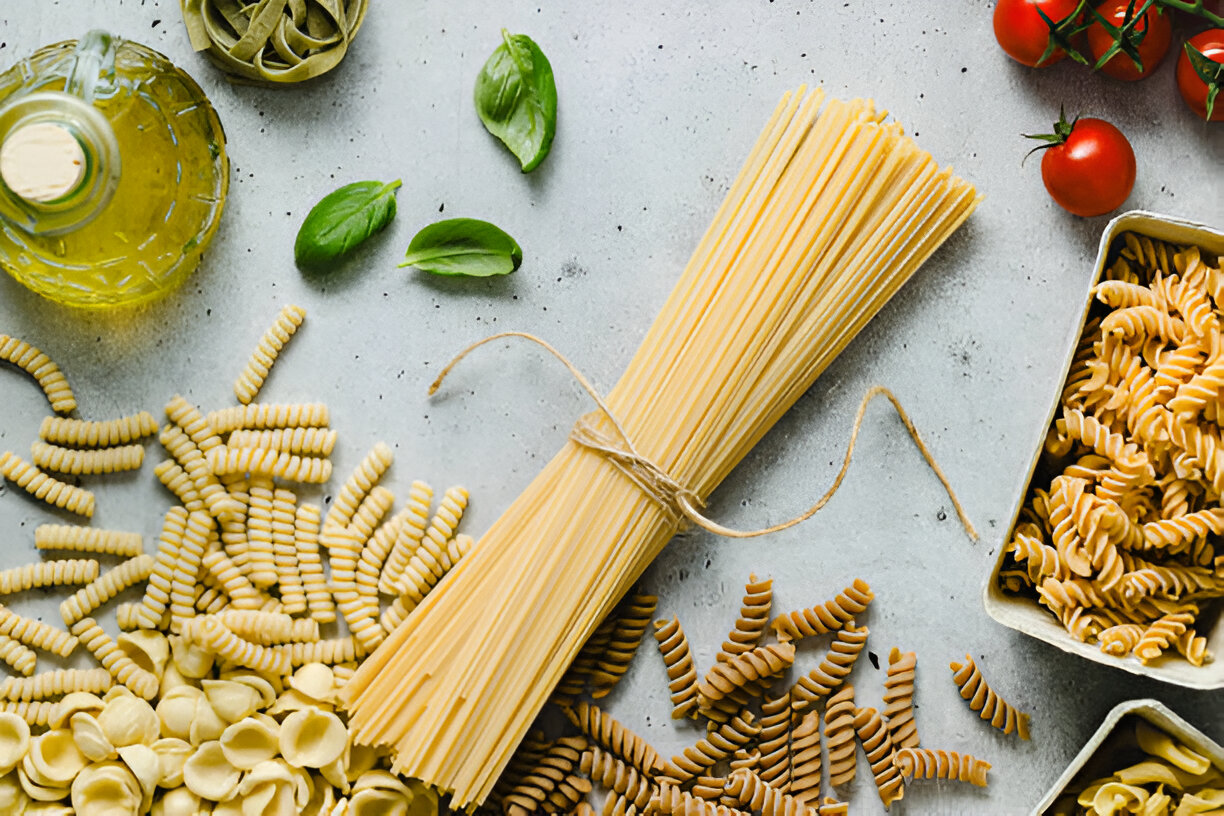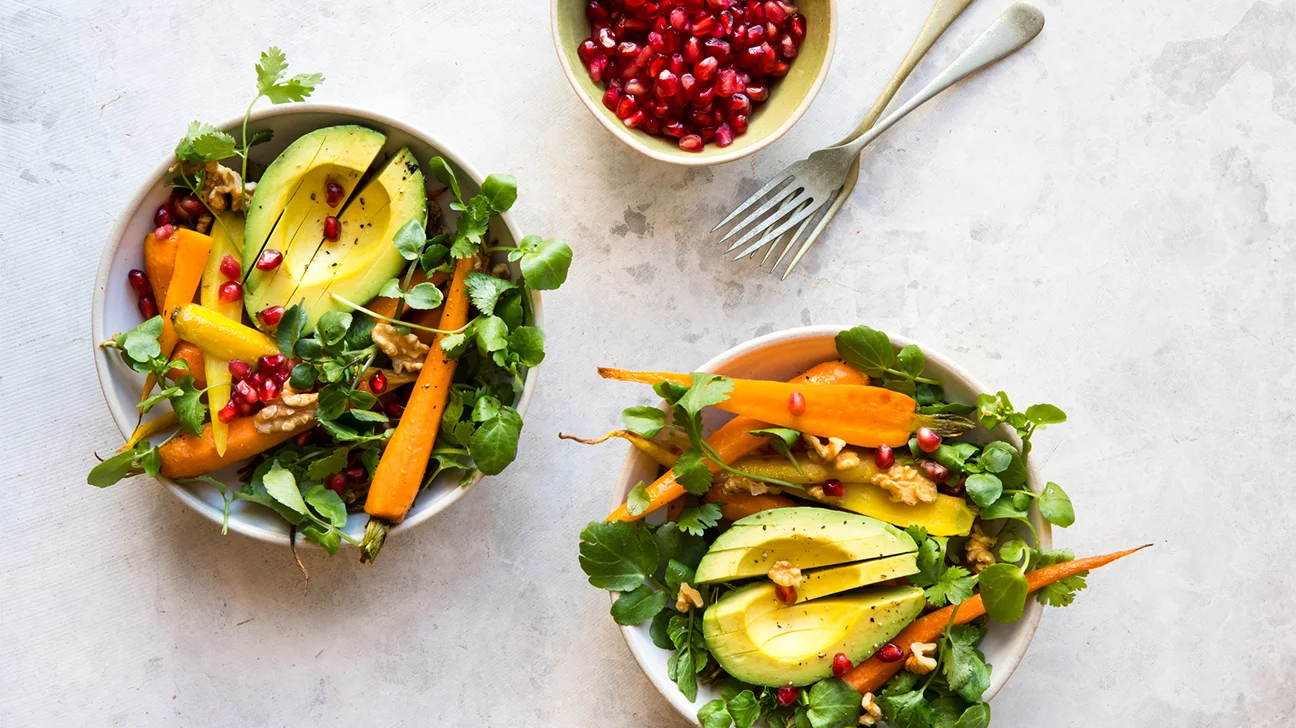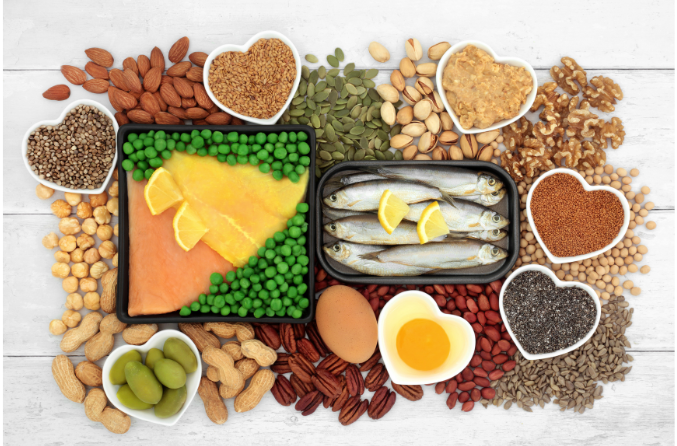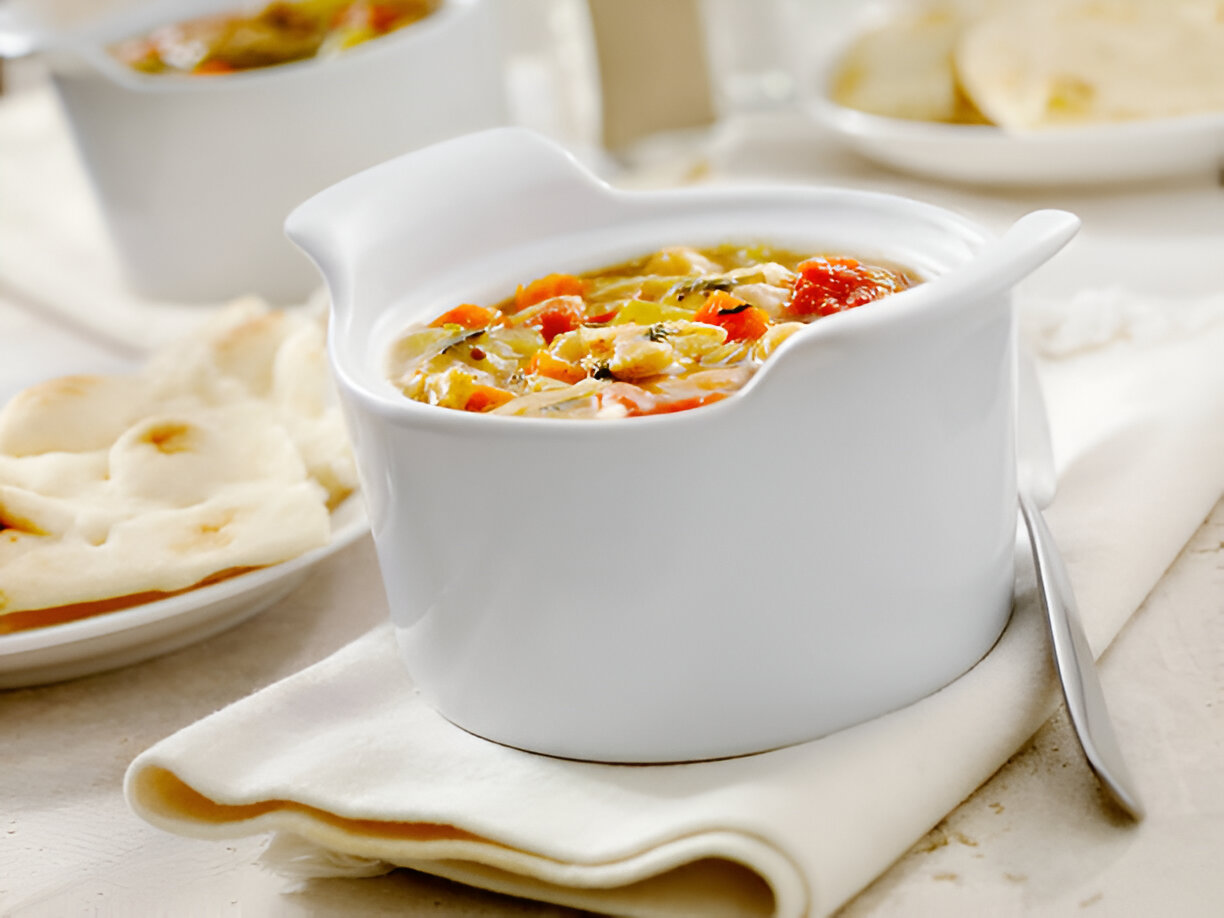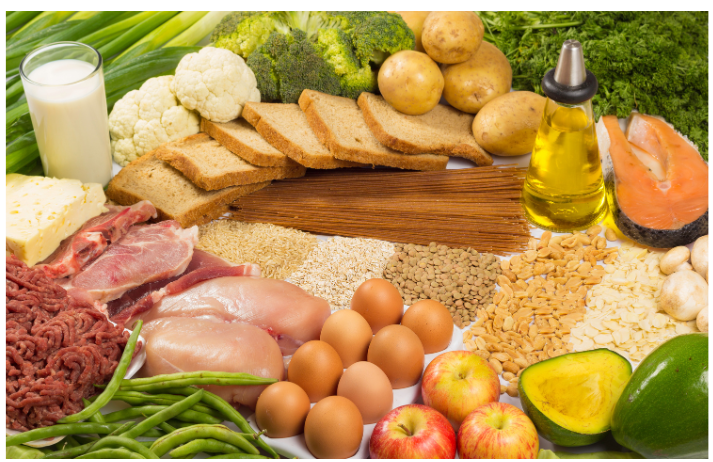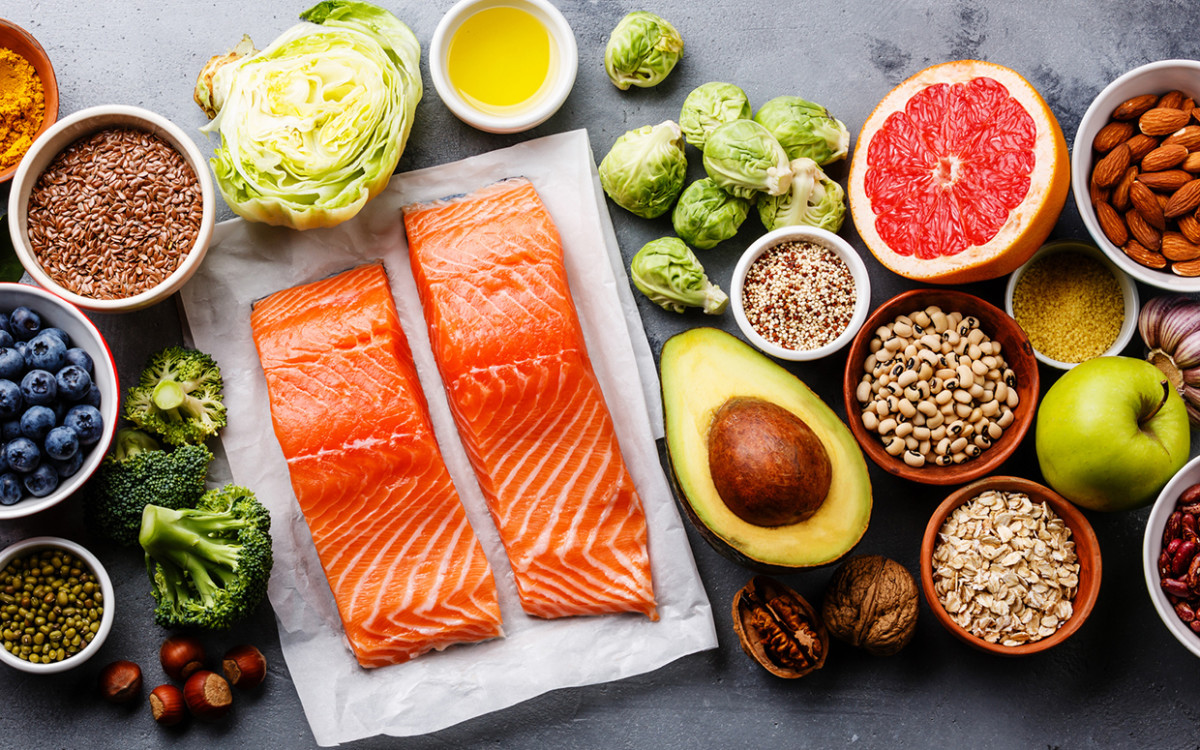
The largest common citrus, grapefruits are said to get their name from the way they grow in grape-like clusters. Refreshingly juicy at a time of year when most fruit is scarce, they offer plenty of health-boosting benefits. Just half a grapefruit helps defend against everything from cold-season sniffles to heart disease and cancer.
Health Benefits
As you might have guessed, grapefruits are full of vitamin C, a major antioxidant that helps fight infection, may shorten the duration of colds, and protects against free radicals. Left unchecked, free radicals damage cells — this damage can contribute to the development of Alzheimer’s, cardiovascular disease, and cancer.
Red and pink grapefruits like Ruby Reds (a relatively new variety developed in the past century) offer additional antioxidant benefits in the form of the phytonutrient lycopene. Found in red-tinted foods like tomatoes and watermelon, lycopene is associated with a reduced risk of some cancers and heart disease, and it may increase the skin’s resistance to sun damage.
Pink and red grapefruit also offer about 35 times more of the antioxidant vitamin A than their paler counterparts. That means potentially more protection from many cancers and heart disease, and increased support for the immune system and vision.
There’s more to this fruit than antioxidants, though. Grapefruits also offer potassium and folate. The potassium lowers blood pressure and is associated with a reduced risk of stroke, while folate, an important nutrient during pregnancy, has been shown to boost energy levels and help ward off depression and memory loss.
Next time you eat one of these citrus marvels, leave the grapefruit spoon in the drawer. Instead, eat grapefruit segments whole, as you would an orange, and you’ll get 50 percent more fiber. (By leaving the membrane behind you lower the fiber count to just under 2 grams per half fruit.) About half that fiber is insoluble, meaning it doesn’t dissolve in water, contributing to healthy digestion and supporting weight loss by making you feel full. Grapefruits also rank among the richest sources of pectin, a soluble fiber that helps lower cholesterol and regulate blood sugar levels.
How to Buy
Choose firm and unblemished fruits that feel heavy for their size. They’ll keep in the refrigerator for up to several weeks.
Cooking Tip
Since vitamin C helps the body absorb iron from plants, scatter grapefruit segments over spinach salad to get the most out of your greens. Add some nuts or cheese, too; the lycopene in Ruby Reds is best absorbed when combined with some fat.
Did You Know?
Compounds called furanocoumarins present in even small amounts of grapefruit (and its juice) can significantly increase the blood levels — and side effects — of many oral prescriptions, including some cholesterol and blood pressure medications, antidepressants, antihistamines, sedatives, and estrogens. Ask your doctor about potential interactions. Researchers are working to tap into this phenomenon with the hopes that someday probationers will be able to prescribe grapefruit along with lower doses of medication.
Nutrition Breakdown
Per 1 large grapefruit, approximately 332 grams
Calories:
106 kcal
Fat:
0.3 g
Fiber:
5.5 g* = 22 percent DRI**
Vitamin C:
114 mg = 152 percent of DRI
Folate:
33 mcg = 8 percent of DRI
Lycopene:
3.768 mcg
* Includes membranes
** DRI, Dietary Reference Intakes, is based on National Academy of Sciences’ Dietary Reference Intakes, 1997 to 2004
Text by Zoe Singer; recipes by Charlyne Mattox












